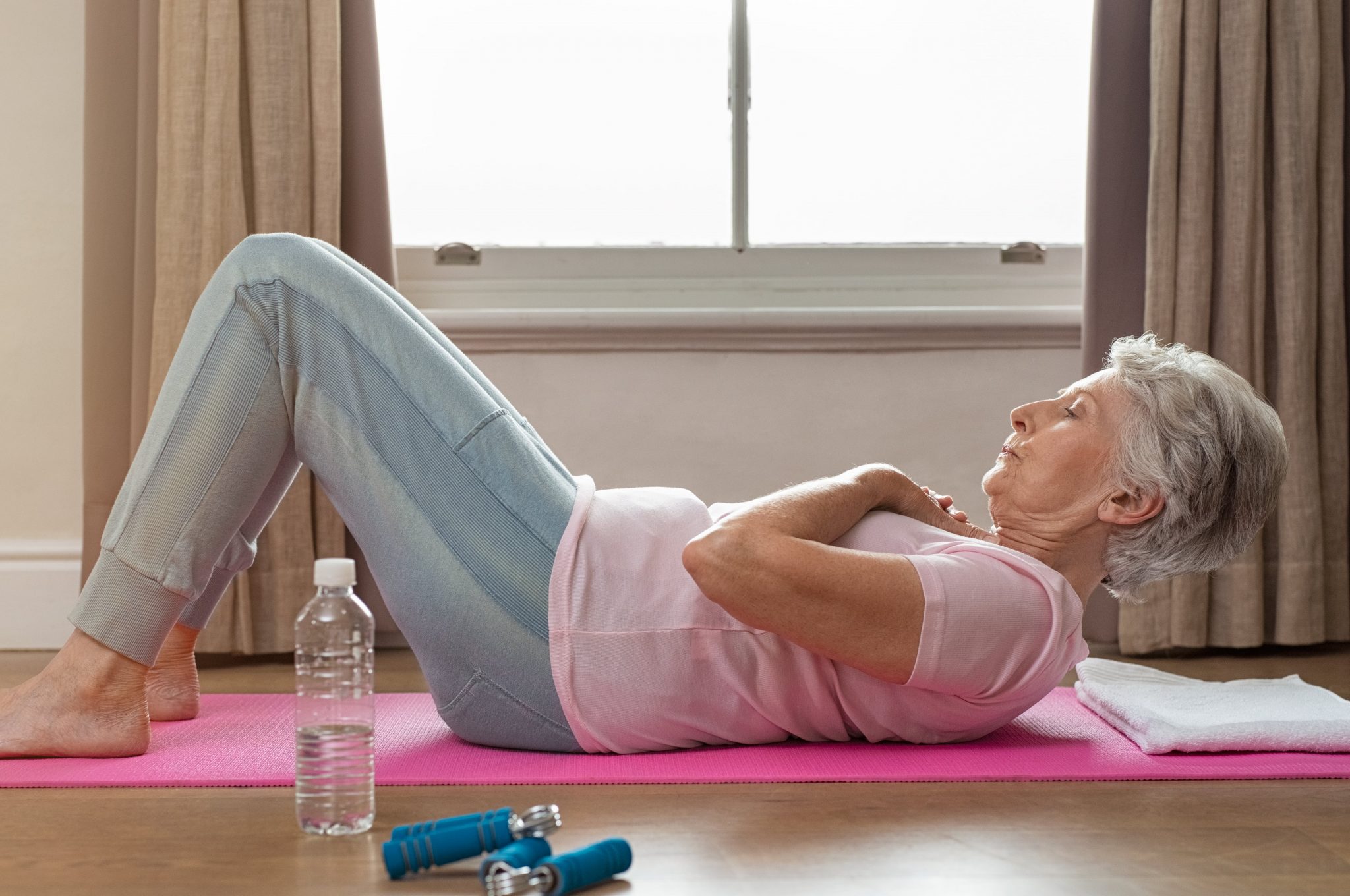When it comes to senior exercise, work smarter, not harder
Exercise can deliver many key benefits for seniors, from healthier hearts and stronger bones, to improved balance and flexibility. Staying in shape throughout your advanced years can also reduce your risk for chronic diseases, help you bounce back quicker from injury and improve your overall mood.
So, when it comes down to the types of exercise seniors should do, is just about anything fair game provided you’re careful enough? Not quite.
In fact, senior care experts agree that there are six exercises seniors should definitely avoid. But before we cover those off, be sure to also check out our blog post on the best types of exercises for seniors!
Six exercises for seniors to avoid
Keep in mind that senior bodies tend to be more fragile than their younger counterparts. And with that increased fragility comes the need to take greater precautions when exercising. Injuries caused by strenuous exercise can also take longer to heal or even cause long-term complications in the event of a fracture, serious muscle tear or broken bone.
Below are six exercises that you should avoid:
- Crunches/sit-ups
Crunches were never particularly easy even when you were in peak physical condition. And they can cause issues like pinched nerves and muscle pain as you age and your spine becomes less mobile. But don’t worry about losing your six-pack just yet! Switch up your ab routine to incorporate simple planks or leg lifts instead.
- Squats
Squats can present several potential issues. If your knees go over your toes during a squat, it can put far too much pressure on your knee joints and potentially damage them. Squats can be especially dangerous for seniors with balance issues, as it’s easy to lose your footing and fall when trying to rise from a squat.
- Stair climbing
Running up and down flights of stairs (or stepping on a stair master machine at the gym) is rough on the knees. Plus, your ability to balance begins to decline, making you more likely to trip and take a nasty spill.
- Long runs
Unfortunately, your golden years aren’t the greatest time to chase those long-held marathon-running dreams. In fact, long distance running shouldn’t be part of your cardio repertoire if you’re over 50. Every step puts strain on your knee and foot joints, leading to injuries that can impact mobility. Swimming in place of running can give you the same cardiovascular benefits – without the heavy toll on your muscles and joints.
- Leg presses
You won’t have to look long and hard to find a leg press machine at your local gym. But here’s why seniors should steer clear: Performing a leg press requires you to lie back on a flat bench and push against a weight with both legs. This flattens your spine’s natural curve, which can damage lumbar spinal discs. Instead, opt for lower-impact lunges with light dumbbells.
- Deadlifts
Deadlifting demands good form and posture to avoid injury. Problem is, many seniors have back and posture issues (causes by a narrowing and stiffening of the spine) that can make it difficult to lift weights correctly. Deadlifting with bad form can heavily damage your back, shoulder and arm muscles.
Like we said earlier, proper exercise can do wonders for your health and ability to maintain independence long into your senior years. However, the key is to avoid overly strenuous and dangerous exercises whenever possible.
Even still, accidents and falls can happen. On-the-go monitoring and fall detection tools can help ensure that help is only a button press away. See what solutions are right for your needs and get yourself a little extra peace-of-mind when you’re out exercising.
